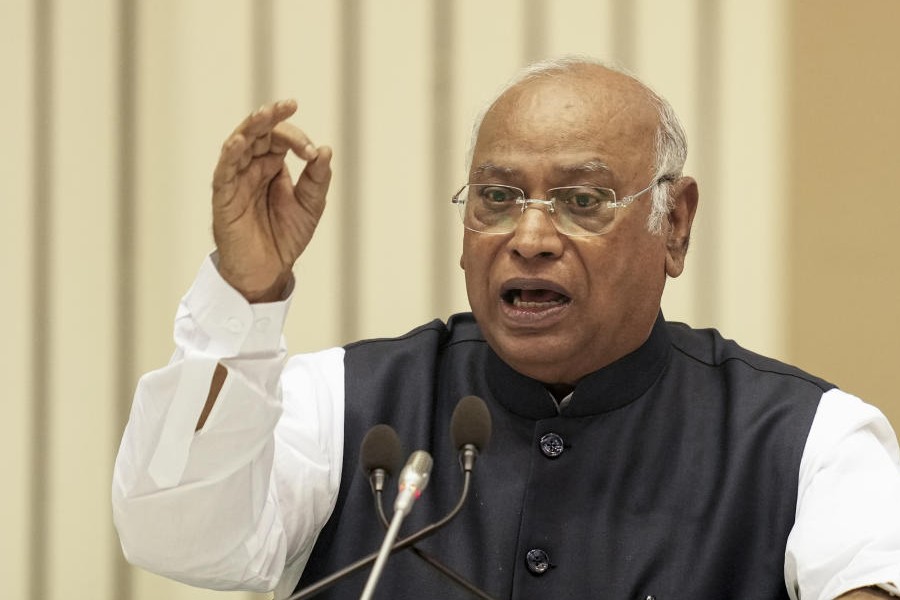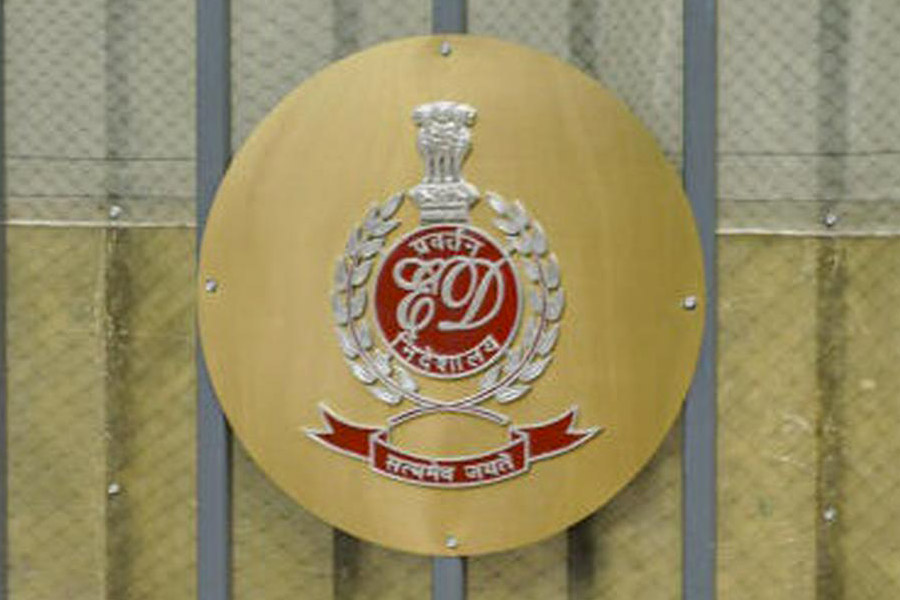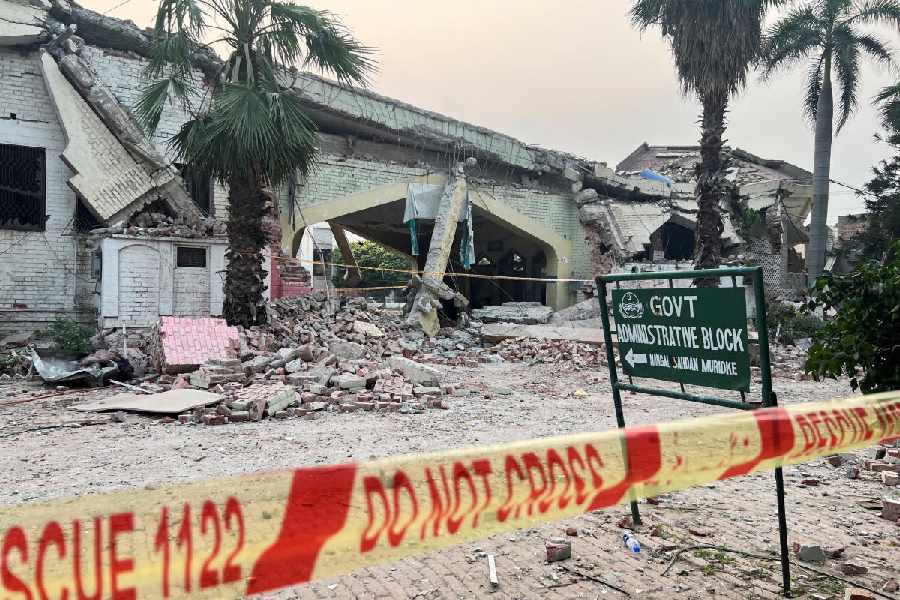 |
| The Farakka barrage, built almost 30 years ago, has lost its former glory. Picture by Surajit Roy |
Malda, June 11: Built more than three decades ago chiefly to provide water for irrigation and the Calcutta port, the Farakka barrage is now a shadow of its former self.
Inquiries by The Telegraph revealed that most of the 109 sluice gates have turned rusty, some of them malfunctioning.
A brainchild of late chief minister Bidhan Chandra Roy, the barrage, set up in 1970, is now under-funded and understaffed.
“Things could go wrong anytime. We just keep our fingers crossed,” said Prasad Sen, a member of the high-powered Farakka barrage technical committee.
On September 25, 1999, two “poorly-maintained” sluice gates sank in the Ganga under heavy water pressure. As a result, the supply of water to the Calcutta port collapsed. While the barrage authorities managed to reconstruct one lock gate six months later at a cost of Rs 50 lakh, the other was never traced.
For the last decade, the remote-control system, installed to open the sluice gates at the flick of a switch, has been “out of order.” As a result, the gates are opened and closed with the help of an electric motor.
The barrage authorities tried to operate the gate manually, resulting in two deaths in the eighties.
“It was a dangerous proposition. We lost two workers in accidents while operating the gates manually,” said Prasanta Chakroborty, leader of the Farakka Barrage Workers’ Union. He said the cash-strapped barrage did not have money to get the remote control system going again.
Chakroborty said the Centre provided between Rs 22 crore and Rs 25 crore every year for maintenance of the barrage, as against the Rs 40 crore needed annually.
Farakka barrage general manager M.U. Ghani, however, said there was no dearth of funds. “The funds we have been getting from the Centre for the last few years are enough.”
With several crucial posts lying vacant for years, maintenance has taken a nosedive.
Sen, also a retired chief engineer of the barrage, said nine posts of superintending engineers and 13 posts of executive engineers in nine circles have been vacant for several years. “There is no doubt that it’s affecting the work.”
Chakroborty said the workforce in the barrage had come down from 10,000 to 2,100 over the years since few appointments had been made against those who had retired.
“We do not say that the number of engineers and other staff should remain the same. But the minimum requirements have to be met,” he said, threatening an agitation against the barrage management.
Sen said the barrage faced several problems arising from a lack of maintenance. “It has also resulted in siltation of the river.”










